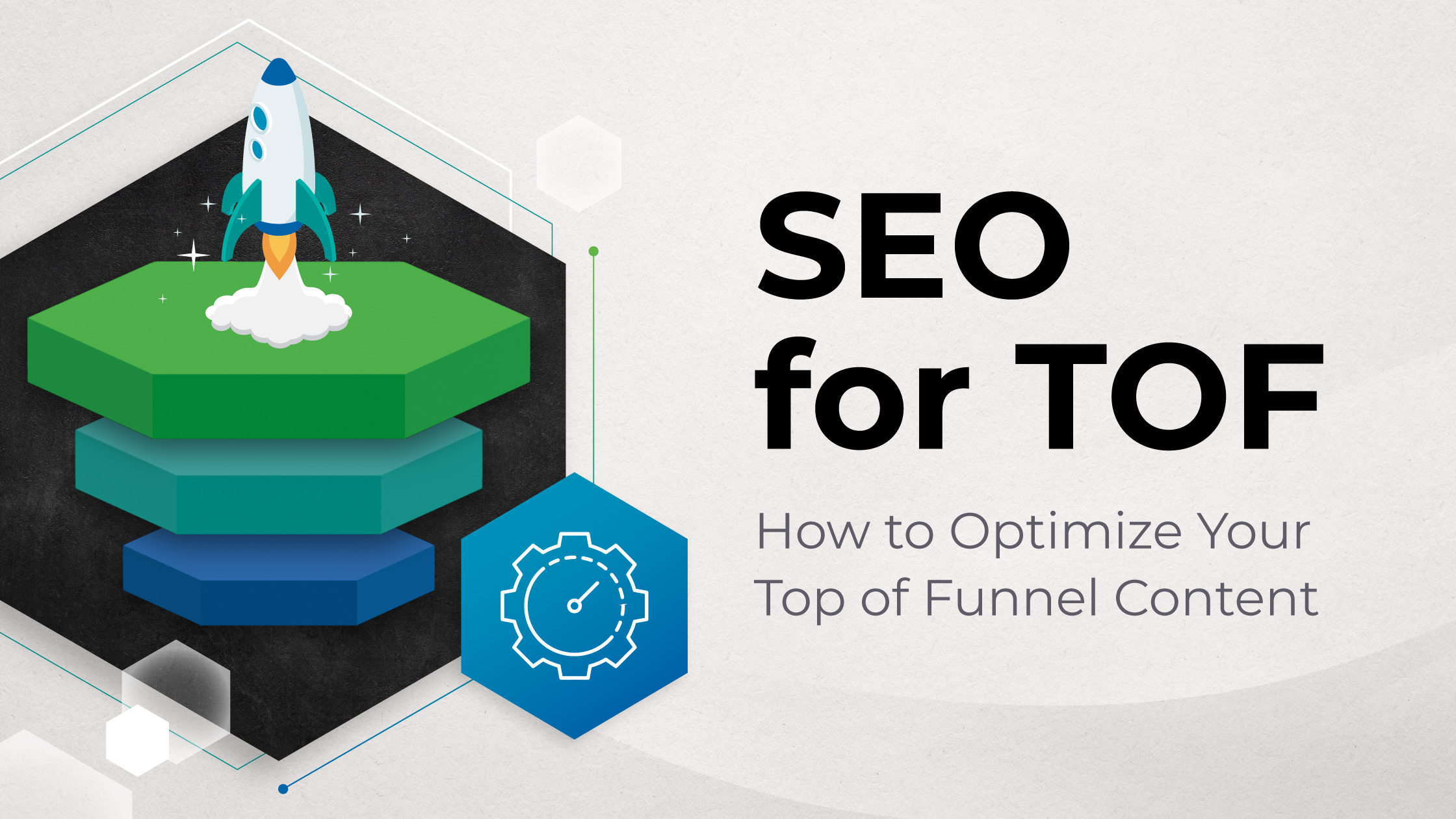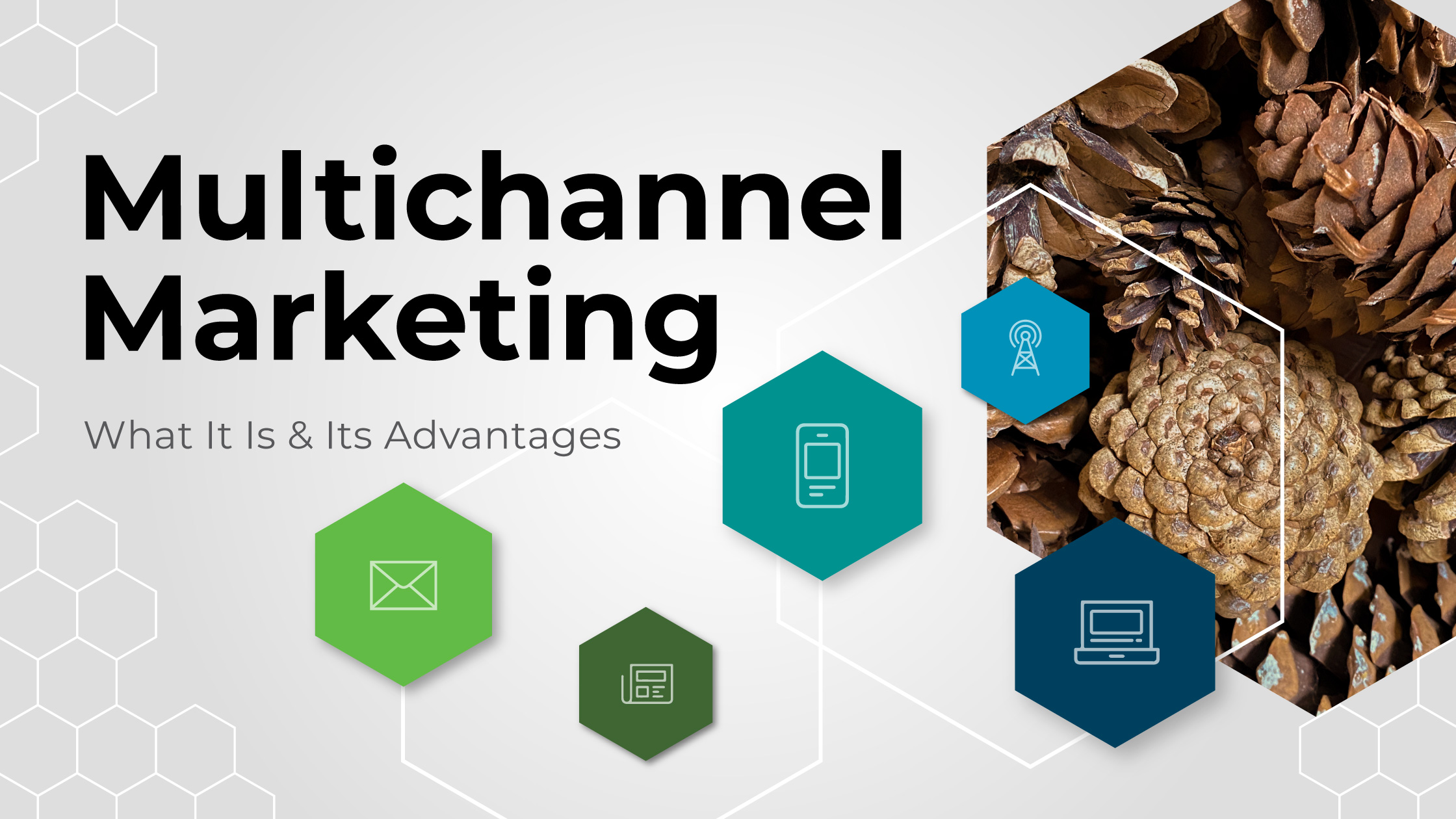“What’s your content strategy?” …A phrase uttered many times in marketing discussions—and more often in the last several years—as customers become more savvy to traditional marketing outreach. Content to support the decision-making process really has become critical to success. But while brands in every category and vertical use content marketing, what’s often missing is a direct connection to the brand.
Lack of a coherent content strategy leads to content developed in a vacuum, chasing the marketplace, or worse, chasing the competition. Search Engine Optimization (SEO) is highly informative and provides guidance as to what the consumer wants or needs, and can provide a benchmark against competitors. However, the greatest success comes from being true to your brand.
To achieve results that drive true content marketing ROI, a strategy that marries both information about your products or services and a direct connection to your brand is required.
How to Increase Content Marketing ROI
Leaders in every vertical in ecommerce and B2B spend more on awareness and more on content in the consideration phase of the customer journey. A heavy awareness presence tells the brand story, then content connected to the brand pillars, while reflecting marketplace needs, means high-converting traffic and more success in the sales funnel.
Content that drives traffic is only valuable if it reflects the brand’s mission, values, products, and services (see sidebar for common content pitfalls). Content is a valuable tool to educate, so use the opportunity to share less about functional information and more about how the essence of your brand was created to solve the needs of the customer.
Common Content Marketing Pitfalls
Brands spend significant resources to define their mission, values, and pillars. Content in the absence of connectivity to the brand hierarchy is empty traffic that will not convert. Further, brand-heavy content that doesn’t reflect the needs and wants of the audience will not drive an optimal amount of traffic, especially with an audience lacking brand awareness.
How to Measure Content Marketing ROI
Once a strategy is set, the analytics, tagging, and tracking framework needs to be considered. What to capture and how to evaluate must be clearly defined to demonstrate ROI. When building a measurement plan, consider:
Setup
- Is my content segmented by audience, vertical, or brand pillar?
- Is brand pillar or benefit clearly identifiable and trackable?
- Are there baseline metrics for brand awareness (aided or unaided) to compare to?
Implementation
- Build a clear UTM (Urchin Tracking Module), pixel, and goal strategy to follow traffic to and from the content
- Set clear, measurable goals
Soft Metrics to Measure
- Top-of-funnel—impressions, traffic
- Mid-funnel—page views, time on site (session length), scroll depth, link clicks, shares, downloads, video views
Hard Metrics
- Last-click attribution to sales from content
- View-through attribution to conversions
- Conversion rate %
- Data capture
How Do You Calculate ROI on Content?
A well-considered content strategy in support of an awareness-driven campaign increases effectiveness of performance channels and drives ROI. Research from the 2020 CMO Magazine Survey details an increase in organic search results up to 40%, an increase in paid search results up to 20%, and an increase in paid social results up to 21%. Additionally, conversion rates can be 50-100% higher.
With the right measurement plan, you can determine the impact on organic search results, direct traffic to your website, paid search and social traffic, and conversion rates. Additionally, if the budget allows for a brand lift study, the increase in brand awareness reflects a larger pool of customers, and larger revenue potential from the same conversion rates.
***
There is often a difference (sometimes subtle, sometimes distinct) between what a brand wants to be, and what the marketplace wants. SEO identifies areas of opportunity and recommends content to fit. With upwards of 80% of many brands’ traffic coming from organic sources, content must reflect how your brand is unique in your space. ROI becomes evident and simple to demonstrate.
Considering a content strategy? Start with what your brand stands for and what needs it was created to solve. Contact us for support!




